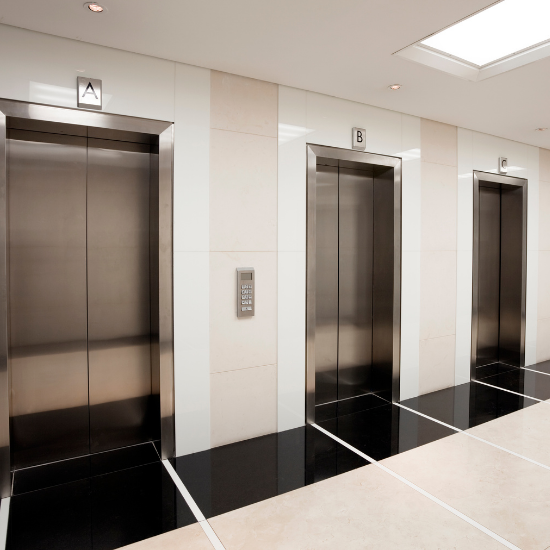From lift installation to replacement, navigating a lifts lifecycle is a pivotal concern for property developers, building managers, and construction professionals. Making informed decisions about when to replace a lift involves a nuanced understanding of various factors. This guide aims to simplify the intricate decision-making process by shedding light on the influences shaping lift life cycles and the crucial considerations leading to a seamless and timely lift replacement.
Indicators It’s Time for a Lift Replacement:
Age as a Factor:
A lift surpassing the 20-year mark is a key consideration. Much like any mechanical system, lifts have a finite lifespan. If a lift has dutifully served its purpose for over two decades, it may be on the brink of reduced operational efficiency. Ageing components can result in increased downtime, higher maintenance costs, and diminished performance.
Example: Opting for a lift replacement becomes a strategic investment to ensure the continued reliability and safety of vertical transportation.
Persistent Breakdowns:
Frequent breakdowns signal suboptimal lift performance. Regular disruptions not only inconvenience users but also inflate maintenance costs. In such instances, a lift replacement could present a more cost-effective and reliable solution.
Example: Upgrading to a new lift system minimises downtime, enhances user experience, and reduces ongoing maintenance expenses.
Escalating Repair Costs:
A lift constantly in need of escalating repairs and accumulating replacement costs may signify aging issues. As a lift ages, repair needs tend to intensify. If consistent investments in repairs result in mounting costs, opting for a lift replacement might be financially prudent. Newer models often incorporate advanced features and technologies, contributing to long-term cost savings.
Example: A lift replacement provides a fresh start with modern features, reducing the need for frequent repairs.
Extended Downtime:
A lift experiencing prolonged downtime disrupts daily operations and impacts overall building efficiency. If extended periods of inactivity due to maintenance or repairs become recurrent, it signals that the system may no longer meet the demands of the space it serves.
Example: Upgrading to a new lift significantly reduces downtime, contributing to the smooth operation of your building.
For property developers, building managers, or construction professionals seeking guidance on when to modernise or replace lift systems, reach out to us! We specialise in comprehensive lift solutions, from installation to replacement. Contact us today to discuss your lift replacement needs and ensure the continued efficiency and safety of your vertical transportation systems.




